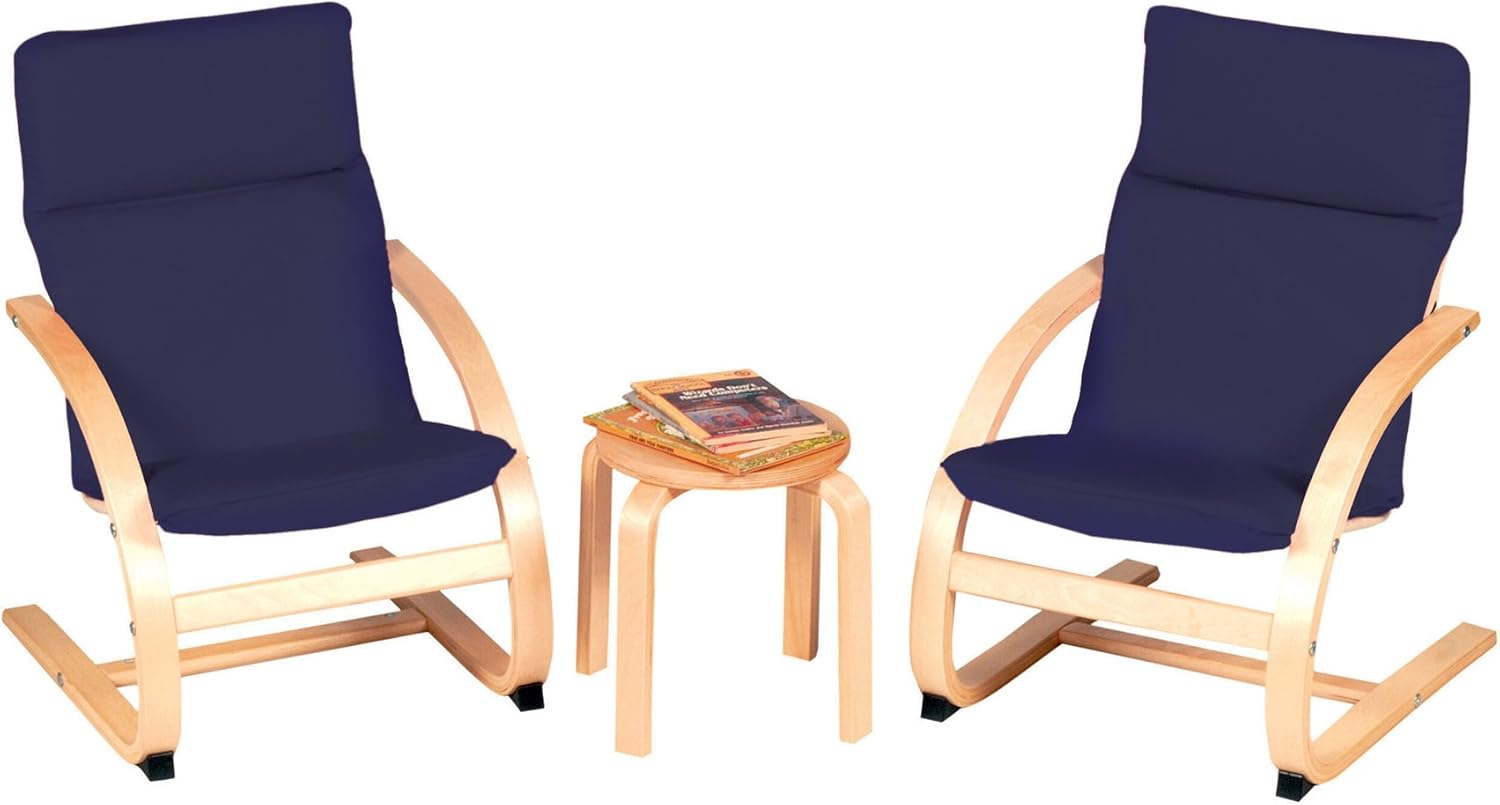Flat Head Syndrome, or positional plagiocephaly, has become increasingly common among infants in recent years. Due to the recommendation of placing babies on their backs to sleep, many parents are concerned about the potential for their child’s head to develop flat spots. Fortunately, anti-roll pillows offer a solution to this issue by promoting proper head positioning and supporting healthy skull development. This article explores how these pillows work, their benefits, and their role in preventing flat head syndrome.
Understanding Flat Head Syndrome

Before delving into the specifics of anti-roll pillows, it’s essential to understand flat head syndrome itself.
- Definition: Flat Head Syndrome is characterized by a flattened area on the back or side of a baby’s head. It often occurs when infants spend extended periods in one position.
- Causes: The primary cause is prolonged pressure on one area of the skull, which can result from sleeping on their back, spending time in car seats, or lying on the same side.
- Prevalence: Research indicates that about 20-50% of infants may experience some degree of flat head syndrome, particularly those between 2 to 6 months old.
The Role of Anti-Roll Pillows

Anti-roll pillows are specially designed cushions that help maintain a baby’s head in a neutral position while sleeping or resting. These pillows often have a unique shape that encourages infants to maintain proper alignment without applying excessive pressure on one side of the head.
How Anti-Roll Pillows Work
Anti-roll pillows typically feature:
- Curved Design: The ergonomic shape cradles the baby’s head and prevents it from rolling over onto one side.
- Soft yet Supportive Material: Made from breathable and hypoallergenic materials, these pillows provide comfort while ensuring adequate support.
- Safe Sleep Positioning: By keeping the baby’s head in a neutral position, anti-roll pillows help distribute pressure evenly across the skull.
Benefits of Using Anti-Roll Pillows

There are several compelling reasons to consider using anti-roll pillows as a preventive measure against flat head syndrome:
- Prevention of Flat Spots: By reducing the amount of pressure on specific areas of the skull, anti-roll pillows help prevent the development of flat spots.
- Encouragement of Natural Head Movement: These pillows allow infants to move their heads naturally while providing a safe structure for support.
- Comfortable Sleep Environment: Anti-roll pillows are designed to provide a cozy sleeping environment, promoting longer periods of restful sleep.
- Versatility: They can be used in various settings, including cribs, playpens, and car seats, making them easy to incorporate into daily routines.
Case Studies and Research Insights

Several studies underscore the effectiveness of using anti-roll pillows to prevent flat head syndrome. For instance:
- A study published in the Pediatrics journal found that infants who used supportive pillows had a significantly lower incidence of positional plagiocephaly compared to those who did not.
- Research from a prominent pediatric clinic showed that babies using anti-roll pillows experienced improved head shape by the age of six months, compared to those without such support.
These findings highlight the importance of early intervention and the role of anti-roll pillows in promoting healthy skull development.
Choosing the Right Anti-Roll Pillow

When selecting an anti-roll pillow, several factors should be considered to ensure safety and effectiveness:
- Material: Look for pillows made from breathable, hypoallergenic materials to reduce the risk of allergies and overheating.
- Size: Ensure the pillow is appropriately sized for your baby’s age and weight to provide the best support.
- Shape: Opt for ergonomic designs that cradle the head while keeping the spine aligned.
- Washability: Choose pillows with removable, machine-washable covers for easy cleaning.
Additional Strategies to Prevent Flat Head Syndrome

While anti-roll pillows can be effective, they should be part of a comprehensive approach to preventing flat head syndrome. Here are additional strategies to consider:
- Tummy Time: Encourage supervised tummy time from an early age to strengthen neck muscles and promote head movement.
- Position Changes: Regularly change your baby’s position during sleep and playtime to prevent prolonged pressure on one side of the head.
- Limit Time in Car Seats: Reduce the time spent in car seats, strollers, and other devices that restrict movement.
Consulting Healthcare Professionals
Parents should always consult with pediatricians or healthcare professionals regarding concerns about flat head syndrome. They can provide personalized recommendations based on an infant’s specific needs and development.
Flat Head Syndrome is a common concern for many parents today, but proactive measures can help prevent it. Anti-roll pillows serve as an effective tool in promoting proper head positioning and supporting healthy skull development. By understanding how these pillows work, recognizing their benefits, and incorporating them alongside other preventive strategies, parents can ensure their infants have a better chance of avoiding this condition. Ultimately, maintaining open communication with healthcare professionals is crucial for guiding parents in providing their children with the best care possible. By taking these steps, families can foster a safe and supportive environment for their little ones, promoting healthy growth and development.

